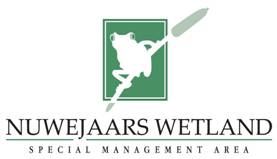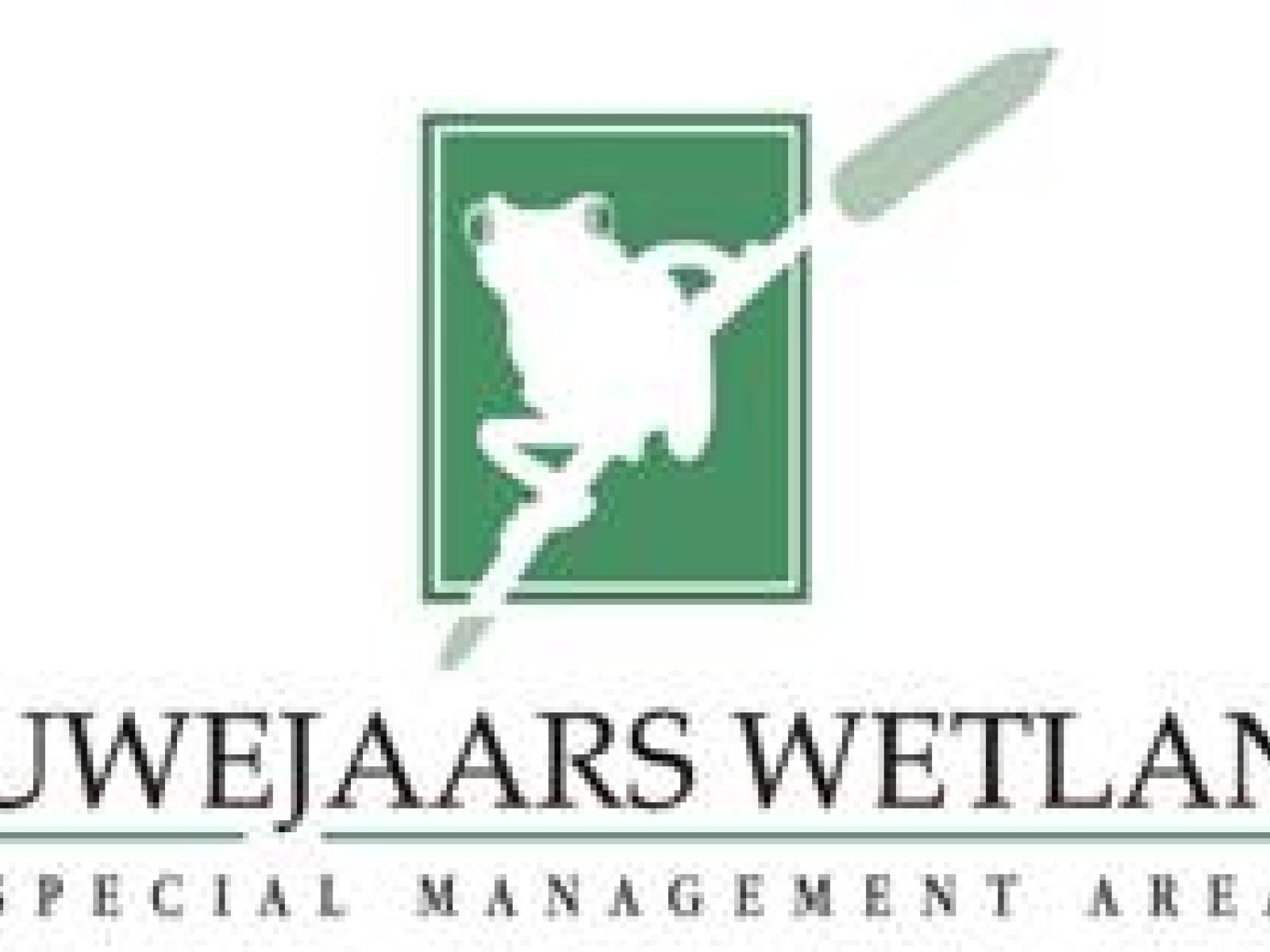An Overview Of Our Solution
- Population Impacted:
- Continent: Africa
Organization type
Population impacted
Size of agricultural area
Production quantity
People employed
Describe your solution
Describe your implementation
External connections
What is the environmental or ecological challenge you are targeting with your solution?
Describe the context in which you are operating
The 23 private landowners including emergent farmers and local communities formed a voluntary association to work together to collectively manage the Nuwejaars Wetland Special Management Area (SMA) for conservation. This area effectively forms the buffer zone to the Agulhas National Park (ANP) and is the majority of the catchment of the Nuwejaars River which connects with many wetlands while crossing the Plain and feeding the De Mond Estuary, a Ramsar site of International importance.
The area produces between 20,000 and 30,000 tons of cereal crops annually, approx. 700 tons of meat as well as wool, dairy, wine and cut flowers. The river and wetlands feed the underground supply which supports the local communities and agriculture as well as communities further away while the wetlandsalso create suitable areas of natural abundance. The natural areas are under severe threat from aggressive alien plant invaders requiring constant interventions while wild fires are a threat to the whole district. The effects of climate change are exacerbating these threats and others such as unseasonal flooding.
How did you impact natural resource use and greenhouse gas emissions?
Language(s)
Social/Community
Water
Food Security/Nutrition
Economic/Sustainable Development
Climate
Sustainability
Currently income from buffalo, tourism, biodiversity products and membership fees cover approximately 75% of costs and the remainder is from a grant. The alien clearing labour costs are from a Government poverty relief scheme and the association carries the remaining costs. The return from the fire engine secures the Fire Protection Agency membership for the group and the basic fire prevention and block burning assistance from the authorities. Any other conservation project or intervention is funded by members or externally until the Association can increase income sufficiently. The buffalo project, tourism and other products are still in the developing stage and should show steady growth for increasing the potential income
Return on investment
Entrant Image

Entrant Banner Image

